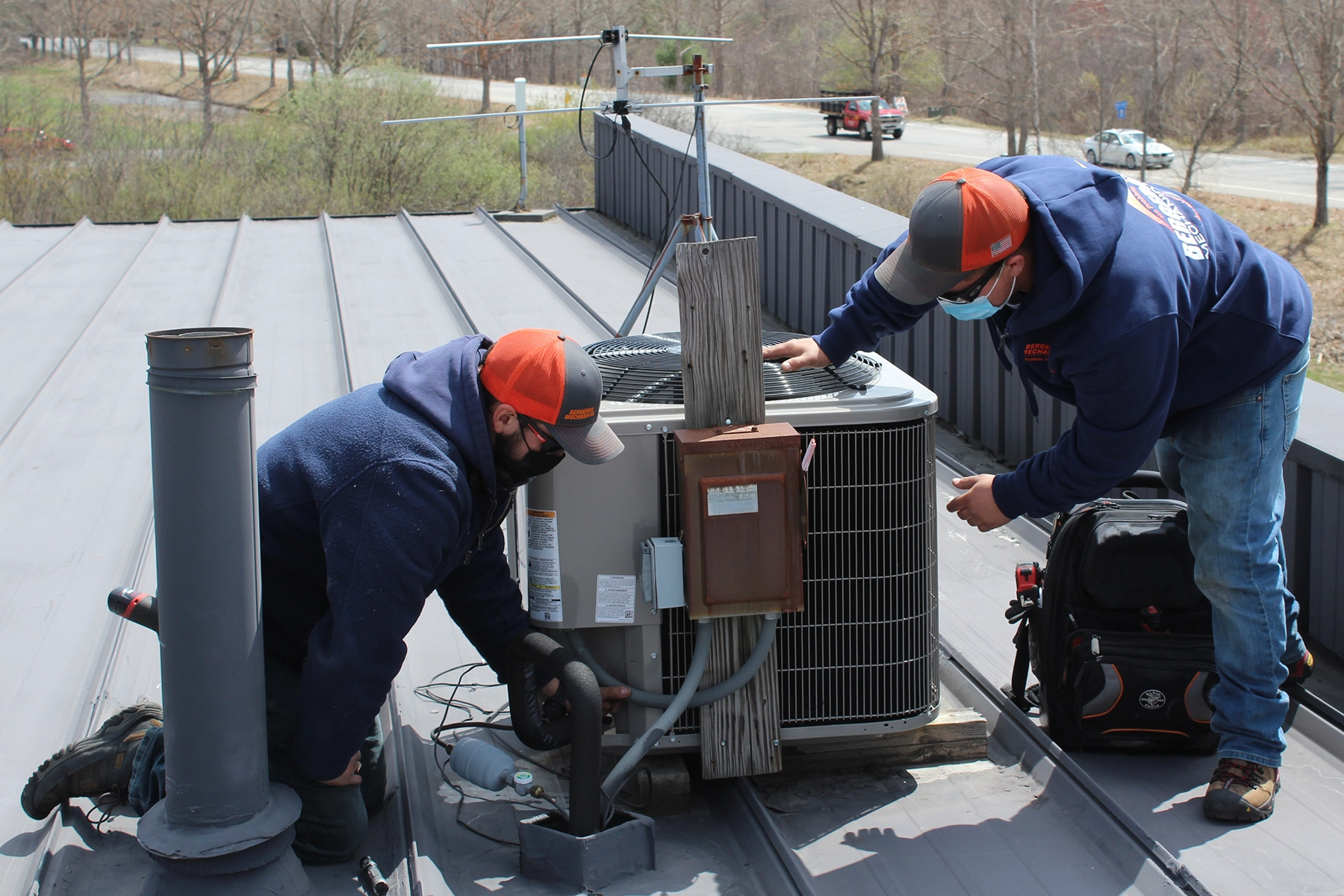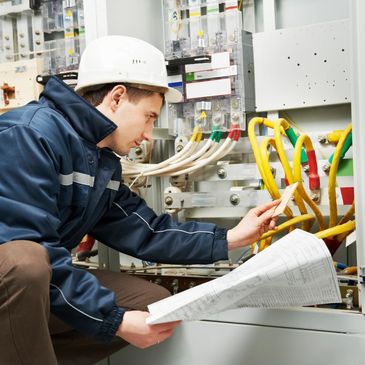Professional Tips for Effective Air Conditioning Installation Brownwood TX
Professional Tips for Effective Air Conditioning Installation Brownwood TX
Blog Article
The Importance of Cooling And Heating Setup: Key Considerations for a Comfy Indoor Atmosphere
The installation of a HVAC system is a vital component in achieving an energy-efficient and comfy interior environment. Elements such as the suitability of the system for specific structure needs, proper sizing to prevent inadequacies, and the experience of service providers for a high quality installment play critical roles. The fostering of innovative modern technologies can substantially enhance system performance.
Choosing the Right System

When picking a HVAC system, it is essential to assess the capacity required to effectively warm or cool the space without exhausting the system, which can result in boosted wear and functional expenses. Consulting with a professional heating and cooling specialist can supply useful insights into choosing a system that aligns with both the architectural style and the expected use patterns of the structure.
Additionally, considering the combination of smart innovation can enhance system administration and tracking, offering better control and prospective cost financial savings. By diligently assessing these aspects, one can guarantee the option of a cooling and heating system that not just fulfills prompt needs yet also contributes to lasting functional sustainability and resident comfort.
Recognizing Power Efficiency
Comprehending power performance is crucial when considering an a/c setup, as it directly affects both the environmental footprint and the functional prices of the system. High-efficiency heating and cooling systems are made to utilize less energy to accomplish the exact same degree of comfort as much less effective versions, therefore minimizing energy costs and promoting sustainability. The performance of an a/c system is commonly suggested by ratings such as SEER (Seasonal Power Effectiveness Ratio) for air conditioning system or AFUE (Yearly Gas Use Performance) for heating systems. Greater ratings symbolize higher effectiveness and lowered power consumption.

Purchasing an energy-efficient heating and cooling system not just equates to set you back financial savings but likewise contributes favorably to ecological conservation by reducing greenhouse gas exhausts. In addition, several territories provide rewards or refunds for the installation of high-efficiency systems, further improving their financial appeal.
When reviewing power effectiveness, consider advanced functions such as variable speed electric motors, wise thermostats, and zoning capacities. These technologies improve the system's capacity to change to varying need, thereby enhancing power usage. It is vital to consult with a/c professionals who can give insights into the very best alternatives tailored to details climate conditions and use patterns, ensuring maximum effectiveness and convenience.
Value of Appropriate Sizing

Conversely, a small a/c system will battle to get to the wanted temperature level, specifically during extreme climate conditions. This can result in constant operation, leading to greater power costs and prospective getting too hot of system parts. Furthermore, insufficient sizing can lead to irregular temperature distribution, causing particular locations of a building to be too cool or too cozy.
To achieve the proper sizing, a thorough load estimation is crucial. This includes analyzing different variables such as the structure's square footage, insulation levels, home window types, and neighborhood environment conditions. By precisely determining the home heating and cooling down demands of an area, a/c specialists can advise systems that guarantee effective operation, lowered power usage, and boosted interior comfort.

Guaranteeing High Quality Setup
A smooth HVAC installation is the foundation of a system's long life and performance. This expert ought to possess thorough expertise of diverse systems and be adept at analyzing the specific requirements of the building.
Correct installment surpasses mere placement of tools. It entails precise calibration to make certain ideal air flow, effective energy intake, and uniform temperature distribution. This consists of exact ductwork setup, ensuring links are protected and leak-free, which is essential for keeping system performance and interior air top quality.
Moreover, the execution of advanced analysis devices throughout installation can find potential concerns early, protecting against expensive repairs and extending the lifespan of the system. The professional needs to likewise ensure that all parts are compatible which the system follows regional building regulations and laws.
Routine Maintenance Practices
As soon as the structure for a high-performing a/c system is established through top quality installment, the focus ought to move to regular maintenance techniques to make sure continued effectiveness and reliability. Regular upkeep not only extends the life expectancy of the system however also enhances interior air top quality, minimizes power consumption, and stops costly fixings. Crucial upkeep tasks consist of consistently altering air filters, cleaning evaporator and condenser coils, and evaluating the system for obstructions or leakages.
Air filters should be changed or cleaned up every one to 3 months, relying on use and ecological variables. This easy job can substantially enhance air flow and system effectiveness (lawn irrigation installation Brownwood TX). Cleaning the evaporator and condenser Brownwood TX HVAC Contractor coils avoids dust accumulation, which can impede heat absorption and air conditioning ability. Furthermore, expert specialists need to check the system every year, inspecting for cooling agent levels, electric connections, and total system performance.
Focus to ductwork is likewise vital; sealing and cleaning up air ducts frequently prevents air loss and contamination. Executing a maintenance routine guarantees that minor issues are addressed before they rise, guarding the system's operational honesty. By adhering to these maintenance techniques, property owners can optimize their cooling and heating system's performance and preserve a comfy indoor environment year-round.
Conclusion
By picking a proper system tailored to particular structure needs, understanding energy efficiency, and guaranteeing correct sizing, inadequacies can be minimized. The participation of knowledgeable service providers warranties top quality installment, while the combination of sophisticated technologies boosts system efficiency and surveillance.
A number of types of Heating and cooling systems are available, including split systems, crossbreed systems, duct-free systems, and packaged heating and air systems, each with unique benefits and constraints.
Understanding power efficiency is vital when taking into consideration a HVAC setup, as it straight impacts both the ecological impact and the functional costs of the system. The efficiency of a HVAC system is commonly indicated by ratings such as SEER (Seasonal Energy Performance Ratio) for air conditioners or AFUE (Yearly Gas Application Effectiveness) for heaters (emergency ac service Brownwood TX).Once the structure for a high-performing HVAC system is developed through high quality installation, the emphasis should move to routine upkeep practices to ensure continued efficiency and reliability. Additionally, professional technicians need to check the system each year, examining for refrigerant degrees, electrical connections, and total system efficiency
Report this page